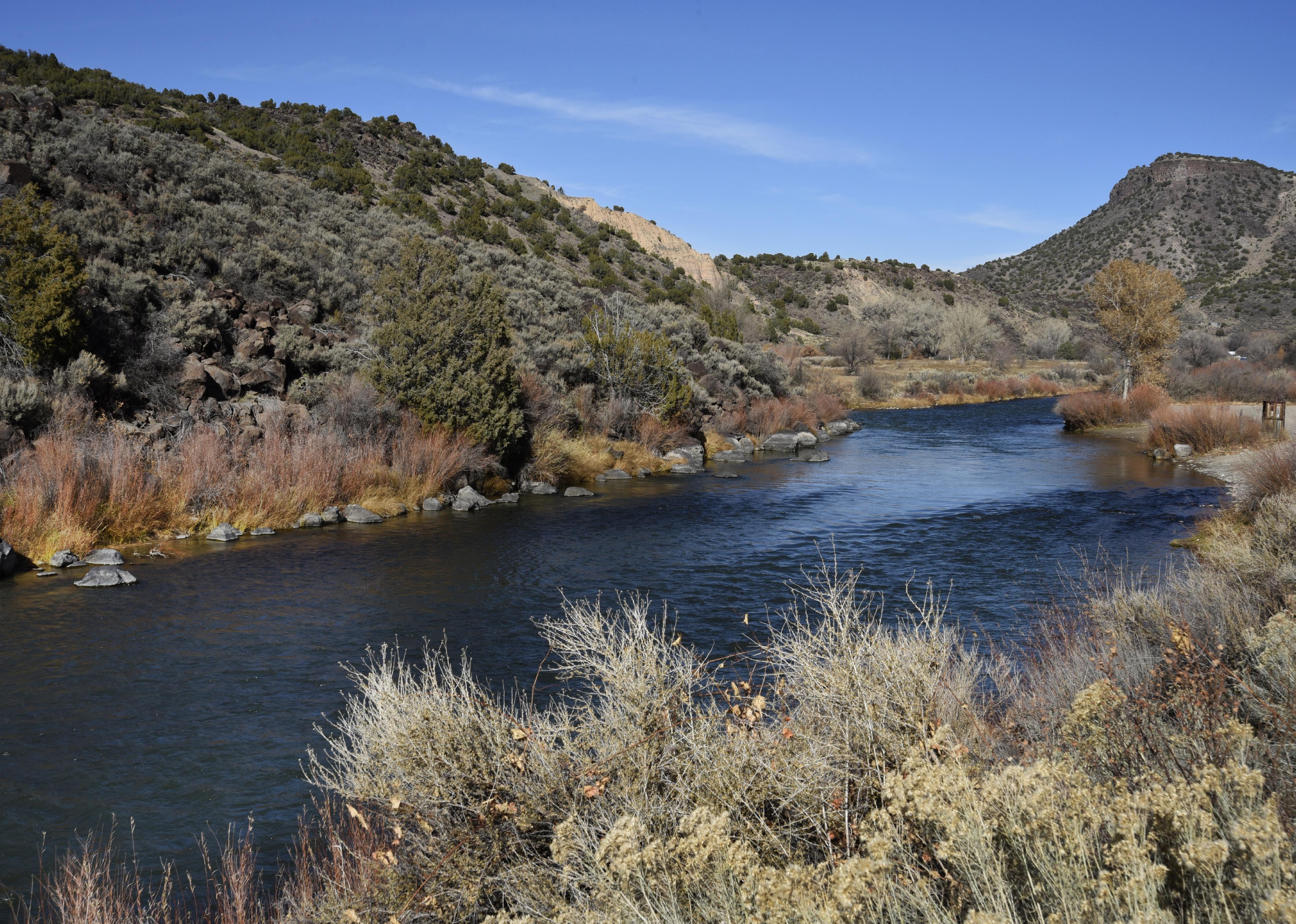
The Rio Grande is drying up: How climate change has affected New Mexico
The Rio Grande is drying up: How climate change has affected New Mexico
The latest United Nations Intergovernmental Panel on Climate Change (IPCC) report is yet another reminder of the dire effects of climate change. While climate projections often look to the future when discussing the worst impacts of climate change, we are in fact already experiencing its effects across the United States. To better understand how climate change is impacting the country, Stacker compiled a list of the impacts of climate change in every state, using local and national news stories, government reports, and scientific journal articles.
While these impacts are weather-related—for example, heat waves, droughts, or storms—individual weather events cannot be attributed to climate change on their own. Rather, it is when these events are seen within larger trends that they can be understood as part of a pattern that has come out of the changing climate.
Keep reading to learn about how your state has been impacted by climate change, or read the national story here.
New Mexico: The Rio Grande is drying up
Each year from 2009 to 2014, the Rio Grande was drier than average, and the period between 2011 and 2013 was the driest and hottest since record-keeping began. A comprehensive study found that flows from 2000 to 2014 were almost 20% below the average of the 20th century and that roughly one-third of this reduction was attributable to climate change. While the Rio Grande is known for having a couple of dry years followed by a couple of recovery wet years, the warming temperatures make each dry year even drier and each wet year less wet, making long-term recovery more difficult.
Across the country, there are trends of rising temperatures, storms of increasing frequency and severity, and more erratic precipitation patterns, causing disruptions to the food systems and sometimes even resulting in death. While the U.S. government has set a target to reduce greenhouse gas emissions by at least 50% by 2030, it is clear that the climate emergency is already taking place, and along with emissions reductions, mitigation of the impacts of climate change must be prioritized as well.
Read below to see how other states in your region have been affected by climate change.
Colorado: Colorado River drying up
A total of 40 million people rely on the water from the Colorado River, and while experts have taken steps to save water, giant wildfires and heat waves are reducing water levels in this river faster than expected. The flow of the Colorado River has already declined by 20% compared to its average flow in the 1900s, and if warming continues on its current trajectory, that decline could reach 50% by 2100.
Oklahoma: More wildfires
While wildfires are generally considered a problem for the Western United States, thanks to climate change, they are beginning to take place further east—in Oklahoma, for example—according to a report from Climate Central. In 2018, Oklahoma experienced more than 1,000 wildfires, and more than 4 million residents live in areas that have an increased risk of wildfires.



